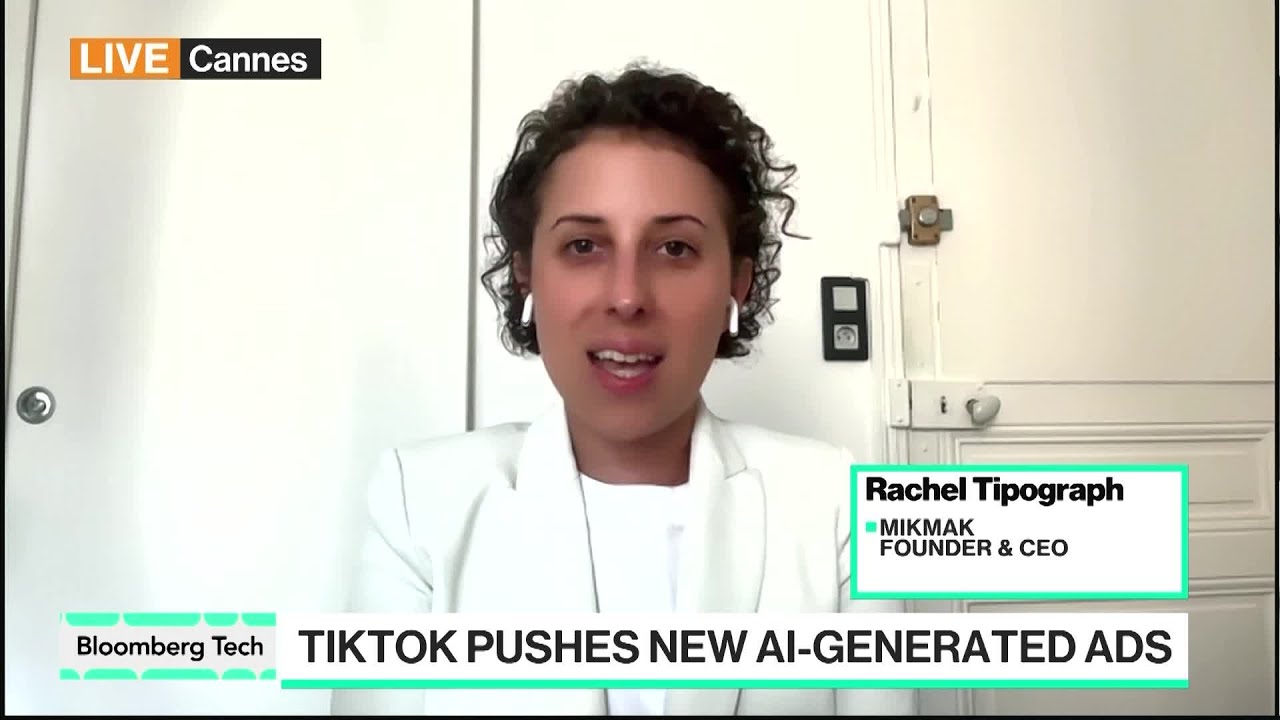The video explores how social media platforms like TikTok are integrating generative AI tools to streamline advertising processes while emphasizing that human creativity remains essential for culturally resonant campaigns. Despite predictions of full automation by 2026, industry leaders remain cautious, highlighting AI’s role in efficiency but underscoring ongoing challenges around authenticity, trust, and the valuation of AI-generated content in digital advertising.
The video discusses the growing excitement around generative AI and its potential to transform advertising and AI offerings on social media platforms. There is a consensus that AI will significantly lower the barriers to entry in advertising by streamlining the creative process, ad buying, launching, auto-optimization, and reporting. However, despite these efficiencies, Chief Marketing Officers (CMOs) emphasize that the core creative ideas that resonate culturally cannot be fully outsourced to AI. This highlights a tension between automation and the irreplaceable human element in advertising creativity.
Mark Zuckerberg has made a bold prediction that by the end of 2026, all human intervention in advertising will be removed. The speaker expresses skepticism about this claim, suggesting that while about 50% of the process may be automated, complete removal of human input is unlikely. This cautious optimism is shared by many top CMOs who recognize the value of AI in improving efficiency but maintain that human creativity remains essential for breakthrough advertising.
TikTok, as one of the largest social media platforms, is also embracing generative AI with enthusiasm. The platform recently unveiled AI tools designed to lower the creative barrier and even assist in generating influencer content. This development raises important questions about authenticity in advertising, as AI-generated influencer content may blur the lines between genuine human expression and automated creation. This shift could challenge traditional notions of trust and engagement in social media marketing.
The rise of AI in advertising is expected to open new opportunities for companies to enter the market and establish new standards for ad buying, measurement, and creative experiences. However, it also introduces uncertainties about how advertisers will value AI-generated impressions compared to human-generated ones. The industry will need to navigate these questions to define the future landscape of digital advertising and ensure transparency and effectiveness in AI-driven campaigns.
Finally, the video touches on TikTok’s ongoing presence and influence in the digital advertising space despite regulatory challenges. With a looming June 19th deadline for a potential sale or shutdown, the consensus is that TikTok is here to stay. Data shows TikTok as the third most trafficked channel after Google Search and Media, underscoring its importance. Although TikTok experienced a dip in traffic when it went dark in January, advertisers managed to recover to Q4 traffic levels by March, highlighting the platform’s resilience and critical role in the advertising ecosystem.
